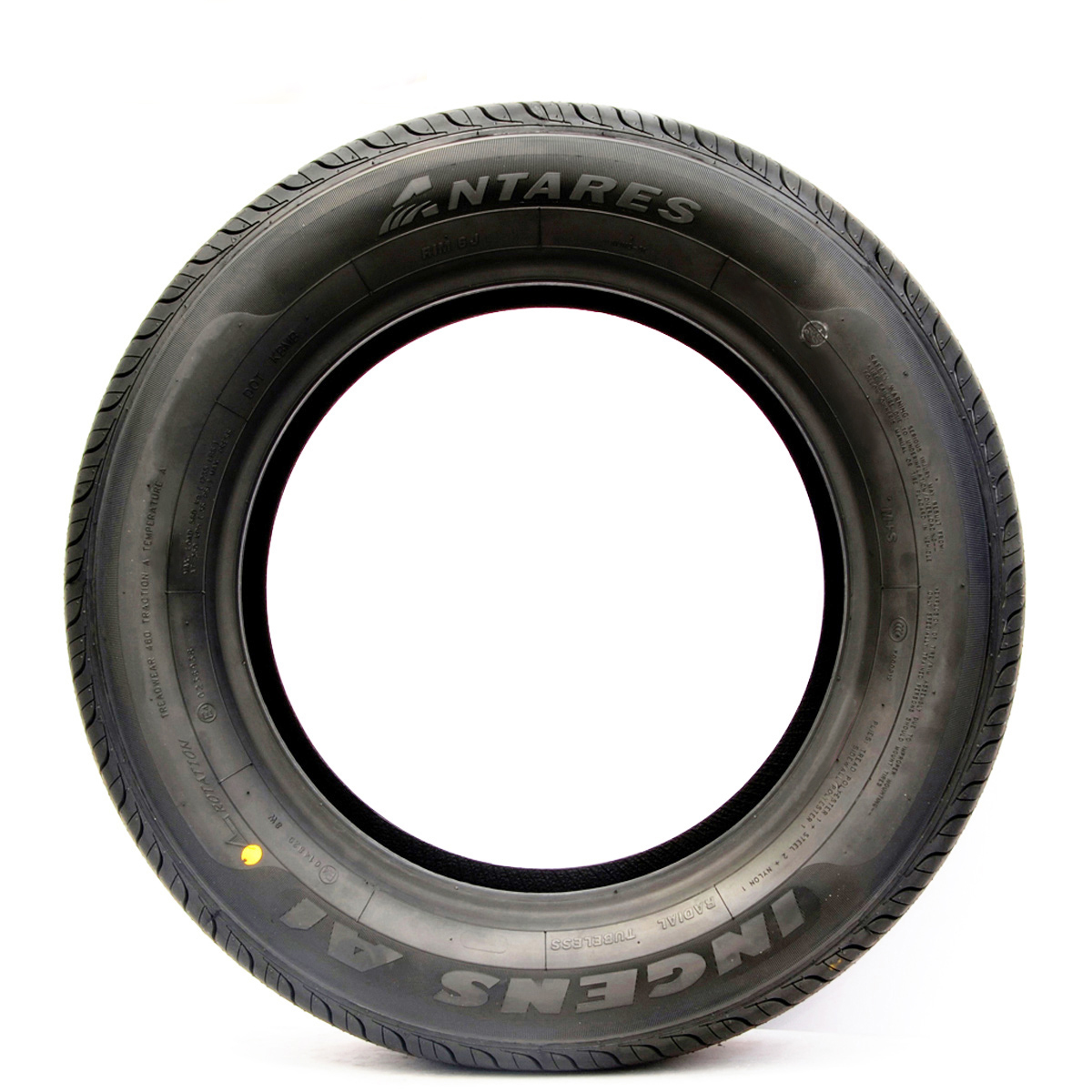How to read tire size: deciphering sidewall markings


When you’re shopping for a new set of tires, do you feel confused when the salesperson throws numbers and letters like 205/50/15 and M+S at you? It’s not just gibberish — these are important attributes telling you everything from whether the tire is the right size for your vehicle, to what environment it’s designed to drive in. And guess what? Everything’s written right on the rubber itself. Read on to learn how to decipher the most common markings.
Size
First off, all the information we will be discussing in this post is found marked on the outer side of each tire, appropriately called the sidewall. The size of the tire can be identified by the series of three consecutive numbers.
• The first in the series denotes the width of the tire, measured in millimetres, from sidewall to sidewall.
• The second number, called the aspect ratio, measures how tall the sidewall is, represented by a percentage of the width. For instance, a 50 means the sidewall is half as tall as it is wide. A shorter sidewall usually means the tire is more performance-oriented, the trade-off being a possibly bumpier ride.
• The last number is the size of wheel that the tire will fit, in inches. The letter R usually precedes it, which is short for the industry design standard of radial construction.
Load index and speed
A number on its own immediately preceding a letter is the load index and speed rating. The former refers to how much weight each tire can support, so a 97 means a maximum load of 730 kilograms. The latter is the highest speed the tire can run at for an extended period, a W meaning up to approximately 270 km/h.
Treadwear
Somewhere on the tire you will likely find the word “treadwear” followed by a number: this is rating the lifespan of the tread before it’s replacement time. The benchmark is 100, so a 500 means the tire should have an estimated life of five times longer.
Traction
If you see a letter or letters marked either AA, A, B or C, these stand for how well or poor the tire’s traction is when braking in a straight line on a wet surface. AA is the best, and C is the worst.
Temperature
Either A, B, or C, the temperature rating grades the tire’s ability to withstand heat at high speeds.
Maximum air pressure
This is the maximum pounds-per-square-inch, or psi, of air pressure the tire can be inflated to. This differs from the recommended tire pressure found in the vehicle’s user manual or on the driver’s side doorjamb.
Other
M+S, or mud and snow, indicates all-season capabilities and acceptable performance in most weather conditions. The designation may also be represented by icons such as a sun, raincloud, etc. A symbol with a snowflake in a mountain signifies functionality in extreme winter environments.

